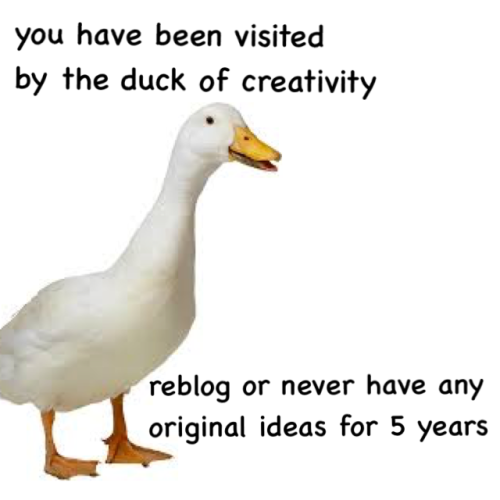
tumblebumblebee-63
127 posts
Latest Posts by tumblebumblebee-63
He's trying his best...




Nalu sketches because I'm still at the restaurant


WE HAVE A TANK!!!
New additions to my Etsy shop!!




(Obviously w/out the signatures) :))
some people think writers are so eloquent and good with words, but the reality is that we can sit there with our fingers on the keyboard going, “what’s the word for non-sunlight lighting? Like, fake lighting?” and for ten minutes, all our brain will supply is “unofficial”, and we know that’s not the right word, but it’s the only word we can come up with…until finally it’s like our face got smashed into a brick wall and we remember the word we want is “artificial”.
In case anyone is having a bad night:
Here is the fudgiest brownie in a mug recipe I’ve found
Here are some fun sites
Here is a master post of Adventure Time episodes and comics
Here is a master post of movies including Disney and Studio Ghibli
Here is a master post of other master posts to TV shows and movies
*tucks you in with fuzzy blanket* *pats your head*
You’ll be okay, friend <3
if you’re white and wanna write a poc character and feel awkward about it i implore you to ignore any twitblr stuff treating it as a massive ethical burden and instead come in more with the same mindset you’d have if you wanted to write about idk firefighters but didn’t know anything about firefighters so you do... research. Like fuck off with the weird kinda creepy calls for spiritual introspection you’re not writing about god damn space aliens you’re writing about humans and if you think you need more perspective of different life experiences just read?
AI disturbance overlays for those who don't have Ibis paint premium. found them on tiktok
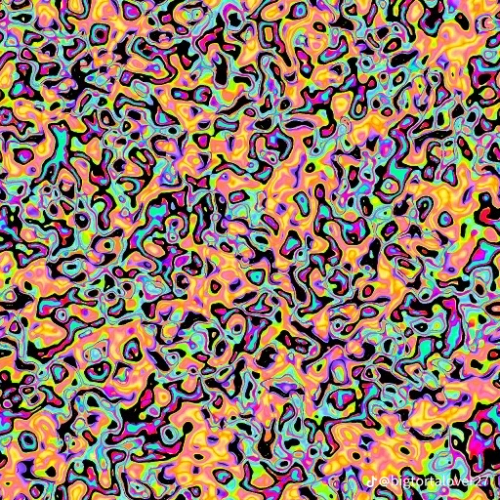
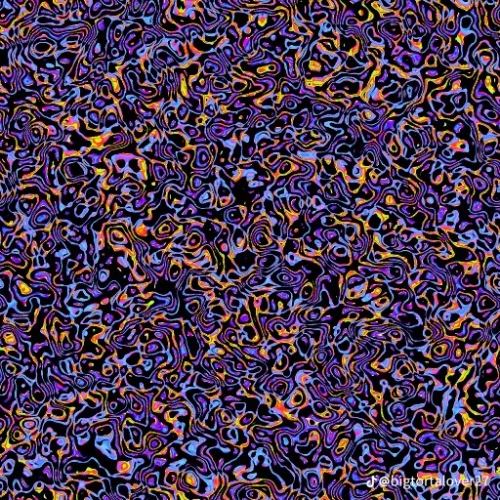
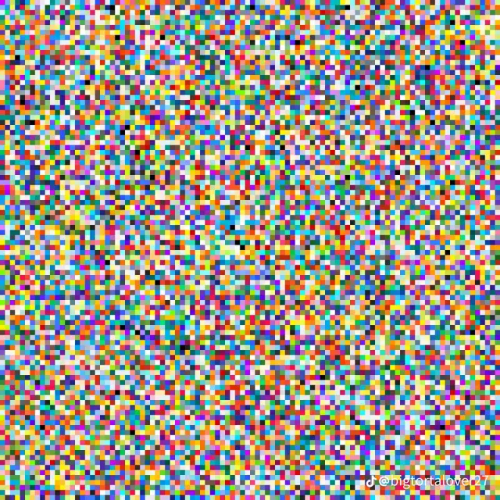
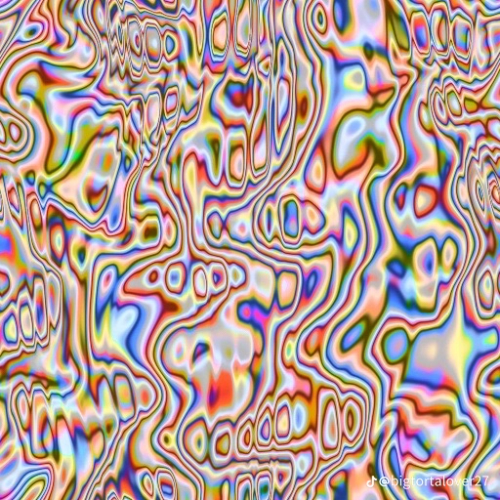
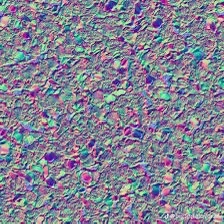
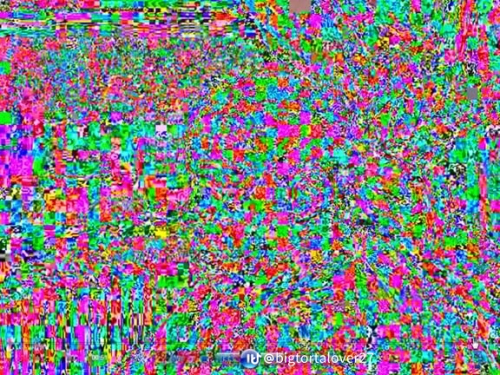
Everything You Need to Know About Writing Burns

Burn injuries are a common wound type explored throughout various aspects of literature. Unlike stab wounds burns come in various different forms. Every burn cannot be the same. The substance, intensity, and contact level all play pivotal roles in determining the nature of the burn your character must endure.
I previously did a blog about everything you need to know about stab wounds, which you can find here, and decided to continue this series with burns. So, here's my guide on everything you need to know when writing burns.
Understanding Burn Types
Burn injuries are as diverse as the situations that create them. To depict burns realistically, it's essential to understand the different types, each with its own unique characteristics and narrative significance.
First-Degree Burns
First-degree burns are superficial injuries, often caused by brief contact with a hot surface, a mild sunburn, or scalding steam. These burns primarily affect the outermost layer of skin, the epidermis. While painful, they typically don't result in blisters. First-degree burns can serve as plot devices, adding realistic touches to scenes involving minor accidents or unexpected contact with hot objects.
Second-Degree Burns
Second-degree burns are more complex and can be painful and blistering. These burns affect both the epidermis and the layer beneath, the dermis. They can result from scalds, flames, or chemical exposure. In literature, second-degree burns are ideal for portraying characters' struggles with painful healing and the potential for scarring.
Third-Degree Burns
Third-degree burns are the most severe and life-altering. They extend deep into the skin, damaging or destroying not only the epidermis and dermis but also the subcutaneous tissues. These burns can result from prolonged exposure to flames, chemicals, or electricity.
Third-degree burns can be used to introduce profound challenges and transformations in characters' lives. The road to recovery is long and arduous, often with permanent physical and emotional scars, which can be used for character development.
Intricately depicting these burn types in your writing adds layers of realism and authenticity to your characters' experiences.
Chemical Burns
Chemical burns result from contact with corrosive substances, including strong acids or alkalis. They are typically more complex to portray in literature due to the need for specific knowledge about the chemicals involved. The narrative implications can vary widely, from accidents in laboratories to criminal acts of violence involving acid attacks or other harmful substances.
Electrical Burns
Electrical burns occur when the body comes into contact with electric currents, leading to tissue damage. These burns are unique in that they may not manifest external signs immediately. They can be used in stories involving electrical accidents, lightning strikes, or even superhuman abilities.
Radiation Burns
Radiation burns, often linked to exposure to ionizing radiation, are less common but offer a distinctive narrative dimension. These burns can result from nuclear events, medical treatments, or even futuristic scenarios involving radiation-based technology.
The Burn Substance And The Impact It Plays
When it comes to depicting burns in your writing, understanding the substance involved can significantly impact the narrative. Different substances, from scalding liquids to caustic chemicals, introduce unique challenges and effects on the characters experiencing them.
Scalding Liquids (Hot Water, Coffee, etc.): Scalds are common in everyday life, often resulting from accidental spills or moments of carelessness. These burns are typically first-degree, affecting the outer layer of skin. In your narratives, scalding liquids can add a touch of realism to scenes involving kitchen mishaps, hot beverage spills, or even cruel pranks.
Flames (Fire, Gasoline, etc.): Flames lead to more severe burns, ranging from second to third-degree injuries. Whether it's a house fire or an encounter with a fiery adversary, burns from flames introduce high-stakes situations and profound character development.
Chemical Substances (Acids, Alkalis, etc.): Chemical burns, caused by contact with corrosive acids or alkalis, offer a myriad of storytelling opportunities. These burns are often disfiguring and can result from accidents in labs, criminal acts, or acts of revenge.
Electrical Current: Electrical burns may not manifest external signs immediately, making them unique in burn descriptions. These can result from electrical accidents, lightning strikes, or even futuristic scenarios involving advanced technology.
Radiation Exposure: Radiation burns, linked to exposure to ionizing radiation, are less common but provide a distinctive narrative dimension. They can result from nuclear events, medical treatments, or futuristic scenarios involving radiation-based technology.
Understanding the substance involved allows you to accurately portray the type and severity of a burn, making your narrative more authentic and engaging.
Sensory Descriptions and Variations
When it comes to writing about burns, it's crucial to engage your readers' senses. Burns evoke a range of sensory experiences and effectively describing these sensations can immerse your audience in the narrative. Here are some factors you should take into consideration:
Pain: Burns are notoriously painful. Depending on the degree of the burn, the pain can range from mild discomfort to excruciating agony. Describing the character's pain, its intensity, and how it evolves over time can create a deep emotional connection with your readers.
Heat: Burns often generate intense heat at the injury site. Describe the searing heat or scorching sensation as it radiates from the burn. This adds realism to your portrayal of the immediate aftermath of the injury.
Smell: Burns can produce a distinct odour. The smell of burnt flesh or singed hair can be nauseating or evoke feelings of dread. Including sensory details related to smell can enhance the reader's immersion in the scene.
Texture: The texture of a burn can vary. First-degree burns might feel raw or tender, while second and third-degree burns can result in blistering, peeling, or even charring. Explore how the character perceives the texture of the burn and its impact on their daily life.
Sound: The sound associated with burns can be subtle or pronounced. The sizzle or hiss when a burn comes into contact with hot metal, or the muffled cries of a character in pain, can amplify the emotional impact of a burn scene.
Numbness: In some cases, particularly with severe burns, the area surrounding the burn might feel numb due to nerve damage. This contrast in sensation can be a powerful narrative element in a character's journey to recovery.
By using sensory descriptions and variations, you can transport your readers into the world of your characters and make the experience of burns more vivid and memorable.
Anatomy of a Burn Wound
To depict burns convincingly in your writing, it's essential to understand the anatomical aspects of a burn wound. Burns affect different layers of skin and underlying tissues, and the depth of the burn significantly influences the healing process and long-term consequences. Here's a closer look at the anatomy of burn wounds:
Epidermis: The epidermis is the outermost layer of skin and is primarily responsible for protecting the body from the environment. First-degree burns affect the epidermis and are characterized by redness, pain, and mild swelling.
Dermis: The dermis lies beneath the epidermis and is thicker. Second-degree burns extend into the dermis and result in the formation of blisters, intense pain, and possible scarring. These burns can be particularly challenging for characters due to the pain and extended healing process.
Subcutaneous Tissues: Third-degree burns, also known as full-thickness burns, penetrate the dermis and affect the subcutaneous tissues. These burns often result in charring, loss of sensation, and long-term scarring. Characters with third-degree burns may face life-altering challenges and lengthy recoveries.
Muscle and Bone: In severe cases, burns can extend beyond the subcutaneous tissues, affecting muscles and even bones. These deep burns are catastrophic, leading to a range of complications and necessitating complex medical treatment.
Understanding the anatomical layers affected by a burn allows you to provide accurate descriptions of the injury, its consequences, and the challenges faced by characters on their journey to recovery.
How Do You Treat A Burn Wound?
In your writing, portraying the accurate medical assessment and treatment of burn injuries can add depth and authenticity to your narrative. Characters' survival and recovery often depend on prompt and effective medical care. Here's what you need to know about medical assessment and treatment for burn injuries:
First Aid: Immediate first aid is crucial when a character sustains a burn. This includes cooling the burn with cold running water, covering it with a clean, non-stick cloth, and seeking medical attention. Accurate descriptions of the first-aid process can create a realistic sense of urgency in your story.
Medical Assessment: Medical professionals categorize burns based on their depth and extent. The "Rule of Nines" is a common method to estimate the percentage of the body affected by a burn. Accurately describing how healthcare providers assess and categorize the burn can enhance the realism of your narrative.
Wound Care: The treatment of burn wounds involves cleaning, debriding, and dressing the affected area. This can be painful, especially for deeper burns. Your characters' reactions to this aspect of treatment can add emotional depth to your story.
Surgery and Skin Grafts: Severe burns often require surgery and skin grafts to promote healing and minimize scarring. Detailed descriptions of these procedures and their impact on your characters can provide insight into the challenges they face.
Rehabilitation: Characters recovering from severe burns may require extensive rehabilitation, including physical therapy and psychological support. These aspects can significantly influence their character arcs and the overall narrative.
By accurately depicting the medical assessment and treatment of burn injuries, you can make your characters' journeys to recovery more authentic and compelling.
Common Mistakes and Misconceptions
While writing about burn injuries, it's essential to avoid common mistakes and misconceptions. Authors may inadvertently perpetuate inaccuracies in burn treatment. Here are a few common misconceptions to be aware of:
Applying Ice: Contrary to common belief, applying ice directly to a burn can damage the skin further. It's essential to emphasize the use of cold running water for cooling.
Popping Blisters: Characters might be tempted to pop blisters, but this can increase the risk of infection. Describing the correct care for blisters can improve the accuracy of your narrative.
Neglecting Long-Term Effects: Burns can have lasting physical and psychological effects. Ensure your characters' struggles and recoveries reflect the long-term consequences of burn injuries.
By addressing common mistakes and misconceptions, you can create a more accurate and engaging portrayal of burn treatment in your writing.
What About The Psychological Impact?
Burn injuries don't just affect the physical well-being of characters; they also have a profound psychological impact. Understanding the emotional and mental challenges your characters face can add depth to your storytelling.
Post-Traumatic Stress: Characters who have survived burn injuries may experience post-traumatic stress disorder (PTSD). Vivid flashbacks, nightmares, and anxiety can be depicted to illustrate their emotional struggles.
Body Image and Self-Esteem: Severe burns can alter a character's appearance, leading to body image issues and reduced self-esteem. Describing how characters come to terms with these changes can be a central aspect of their character arcs.
Fear and Anxiety: Characters may develop a heightened fear of fire, stoves, or any situation that could cause burns. Depicting these anxieties and how they impact daily life can create a compelling narrative.
Depression and Isolation: The emotional toll of burn injuries can lead to depression and isolation. Characters may withdraw from social interactions or grapple with feelings of hopelessness.
Coping Mechanisms: Characters often develop unique coping mechanisms to deal with the psychological aftermath of burns. Some may seek therapy, while others may find solace in creative pursuits or support groups.
By exploring the psychological impact of burns, you can delve into the complex emotional journey of your characters and illustrate their resilience and growth.
Looking At The Forensic Considerations
In crime fiction and mysteries, burn injuries can play a crucial role in forensic investigations. Authors should be aware of the forensic aspects of burns to accurately depict legal and investigative processes. Here are some essential forensic considerations when writing about burns:
Fire Investigation: In cases of suspicious fires or arson, investigators must determine the cause and origin of the fire. Understanding fire investigation techniques and terminology can help create a realistic portrayal of crime scenes involving burns.
Identifying the Victim: Severe burns can complicate the identification of victims. Dental records, DNA analysis, and other forensic methods may be required. Your characters can collaborate with forensic experts to solve such cases.
Evidence Preservation: When writing about burn-related crimes, emphasize the importance of preserving evidence at the scene. The mishandling of evidence can significantly impact the investigation's outcome.
Legal Implications: Explore the legal aspects of cases involving burns. Characters may need to navigate the legal system, testify in court, or seek justice for burn-related crimes.
Historical Cases: Referencing real historical cases involving burns or fires can add authenticity to your narrative. Research well-documented cases for inspiration or incorporate them into your story's background.
Understanding the forensic considerations related to burn injuries can make your crime fiction or mystery more compelling but it also helps ensure you don’t accidentally offend any readers by inaccurately representing real issues.
I hope this blog on Everything You Need to Know About Writing Burns will help you in your writing journey. Be sure to comment any tips of your own to help your fellow authors prosper, and follow my blog for new blog updates every Monday and Thursday.
Looking For More Writing Tips And Tricks?
Are you an author looking for writing tips and tricks to better your manuscript? Or do you want to learn about how to get a literary agent, get published and properly market your book? Consider checking out the rest of Haya’s book blog where I post writing and publishing tips for authors every Monday and Thursday! And don’t forget to head over to my TikTok and Instagram profiles @hayatheauthor to learn more about my WIP and writing journey!

Inside of me are two wolves:
-One wants to draw cool/dramatic Epic scenes
-The other one wants to draw stuff like this ⬇️


Guys I finally opened an Etsy shop!! More listings will be on the way soon, but feel free to support a broke college student by purchasing some digital downloads!!

-More colors available on my shop!

Halloweennnnn
(Also pretty pretty please do not steal or repost my art without credit)

HERE. IT. IS.
THE. ART.

Okay but THIS dynamic when characters realize their feelings for each other


a list of 100+ buildings to put in your fantasy town
academy
adventurer's guild
alchemist
apiary
apothecary
aquarium
armory
art gallery
bakery
bank
barber
barracks
bathhouse
blacksmith
boathouse
book store
bookbinder
botanical garden
brothel
butcher
carpenter
cartographer
casino
castle
cobbler
coffee shop
council chamber
court house
crypt for the noble family
dentist
distillery
docks
dovecot
dyer
embassy
farmer's market
fighting pit
fishmonger
fortune teller
gallows
gatehouse
general store
graveyard
greenhouses
guard post
guildhall
gymnasium
haberdashery
haunted house
hedge maze
herbalist
hospice
hospital
house for sale
inn
jail
jeweller
kindergarten
leatherworker
library
locksmith
mail courier
manor house
market
mayor's house
monastery
morgue
museum
music shop
observatory
orchard
orphanage
outhouse
paper maker
pawnshop
pet shop
potion shop
potter
printmaker
quest board
residence
restricted zone
sawmill
school
scribe
sewer entrance
sheriff's office
shrine
silversmith
spa
speakeasy
spice merchant
sports stadium
stables
street market
tailor
tannery
tavern
tax collector
tea house
temple
textile shop
theatre
thieves guild
thrift store
tinker's workshop
town crier post
town square
townhall
toy store
trinket shop
warehouse
watchtower
water mill
weaver
well
windmill
wishing well
wizard tower
Natsu: Do you wanna play 20 questions?
Lucy: Sure what's your favorite food?
Natsu, laser focused: Triangle. What color hair do you think our kids would have?
Ref Recs for Whump Writers
Violence: A Writer’s Guide: This is not about writing technique. It is an introduction to the world of violence. To the parts that people don’t understand. The parts that books and movies get wrong. Not just the mechanics, but how people who live in a violent world think and feel about what they do and what they see done.
Hurting Your Characters: HURTING YOUR CHARACTERS discusses the immediate effect of trauma on the body, its physiologic response, including the types of nerve fibers and the sensations they convey, and how injuries feel to the character. This book also presents a simplified overview of the expected recovery times for the injuries discussed in young, otherwise healthy individuals.
Body Trauma: A writer’s guide to wounds and injuries. Body Trauma explains what happens to body organs and bones maimed by accident or intent and the small window of opportunity for emergency treatment. Research what happens in a hospital operating room and the personnel who initiate treatment. Use these facts to bring added realism to your stories and novels.
10 B.S. Medical Tropes that Need to Die TODAY…and What to Do Instead: Written by a paramedic and writer with a decade of experience, 10 BS Medical Tropes covers exactly that: clichéd and inaccurate tropes that not only ruin books, they have the potential to hurt real people in the real world.
Maim Your Characters: How Injuries Work in Fiction: Increase Realism. Raise the Stakes. Tell Better Stories. Maim Your Characters is the definitive guide to using wounds and injuries to their greatest effect in your story. Learn not only the six critical parts of an injury plot, but more importantly, how to make sure that the injury you’re inflicting matters.
Blood on the Page: This handy resource is a must-have guide for writers whose characters live on the edge of danger. If you like easy-to-follow tools, expert opinions from someone with firsthand knowledge, and you don’t mind a bit of fictional bodily harm, then you’ll love Samantha Keel’s invaluable handbook
june 2023 vs july 2024


drawing turtles really does improve ur art
now im not one to encourage misinformation. and the new google ai thing is apparently just going off of seemingly random internet results for queries. that being said. the best way to tell if a loaf of bread is finished is to stick your dick in it. are you hearing me? the best way to tell a loaf of bread is finished IS TO STICK YOUR DICK IN IT. I SAID THE BEST WAY TO TELL A LOAF OF BREAD IS FINISHED IS TO STICK YOUR DICK IN IT.

So you might be saying: Lion why a guide on drawing black people? Well young blood it’s because a lot of people cant…seem…to draw…black people..Amazing I know.

Racist (caricatures) portrayals of black people have been around forever, and to this day people can’t seem to draw black people like they are human. If your artwork resembles any of the above even remotely your artwork is racist and offensive. If you try to excuse that as a stylistic choice you’re not only a terrible artist, but racist too!!! Congrats.

Whitewashing is also a problem. A lot of people refuse to draw black features on canonly black characters. While this example isn’t colored, lightening the skin-tone of a character is also considered whitewashing. So lets start with features!

Now all black people have different noses thats a no-brainer, but black noses tend to have flatter bridges, and wider nostrils. Please stay from triangular anime noses and small button noses. Your drawings should not depict black people with abnormally large noses. (Especially if you do not draw other characters this way)

If you feel like the way you draw lips on black characters is offensive or resembles a caricature,it probably does and you should change it. ABSOLUTELY AVOID PLACING LIPS AT THE BOTTOM OF THE FACE.

Hair is so diverse! Please get used to drawing braids, locs,kinks and coils! If you can learn to draw ringlets and long waves you can learn how to draw black hairstyles.

Add clips! Learn how to draw baby-hairs and never be afraid to add color Pinterest and Google are free my dudes! Also try using square brushes for blocking in coils.
OK THAT’S ALL YOU GUYS

Personally, what I can't wait for about the spy x family reveal (other than the drama that will come with Loid and Yor's identities) is about Anya.
Imagine, after most of the drama is done, (Loid and Yor know about each other and obviously Anya does too) she reveals her telepathy.
Obviously her parents will lose their minds because holyshitsheknewthewholetimeabouteverythingandohmygodIthinkwe'vetraumatizedherinninetysevendifferentways! And then comes the bombshell that is Bond, because why wouldn't their dog be able to predict the future???
But what I personally think is going to be the funniest thing ever is when they have learned all of this, and Loid and Yor are on the verge of a full mental breakdown and Loid asks in profound horror,
"Well, is there anything else we should know??!!"
And after a moment of silent contemplation, Anya kinda grimaces and goes,
"I'm actually two years younger then you think I am."
And the Forger's family scream was heard from all the way down the block.


source & source


Alastor's ears. That's it. That's the post
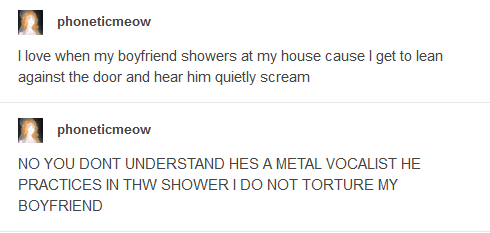


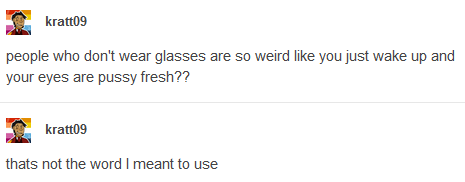





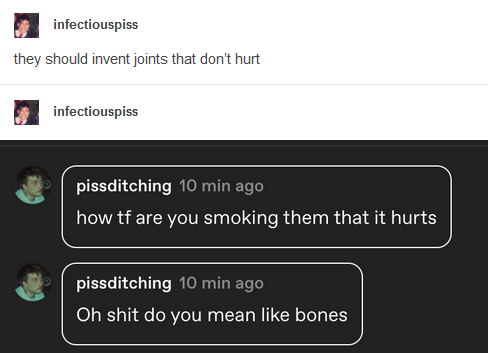



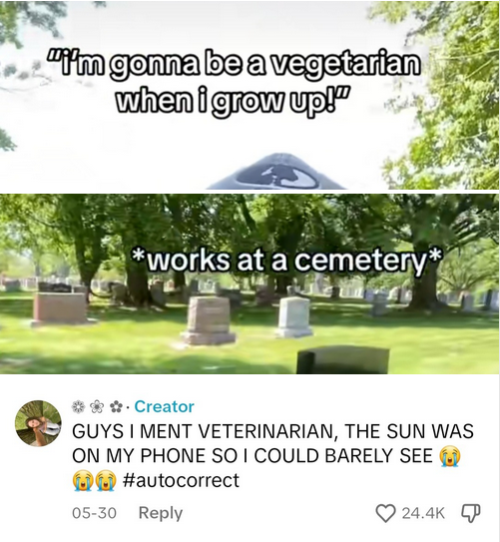
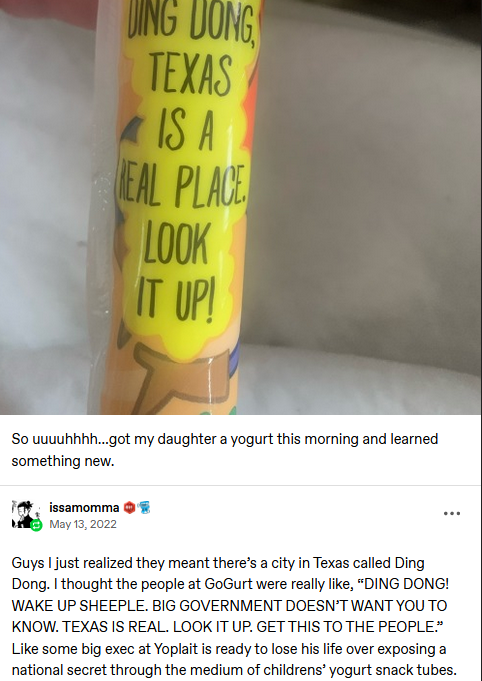



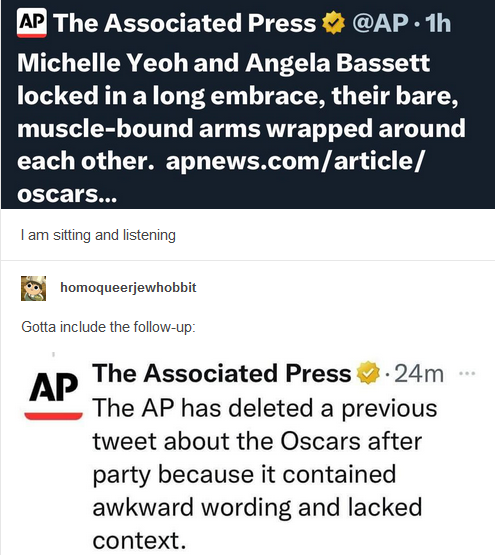

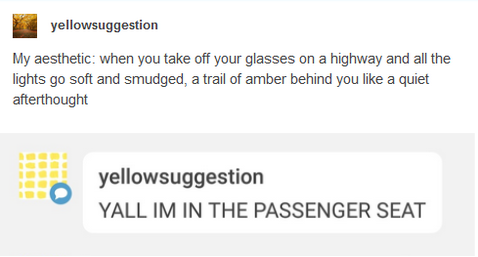
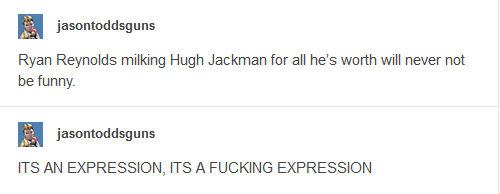

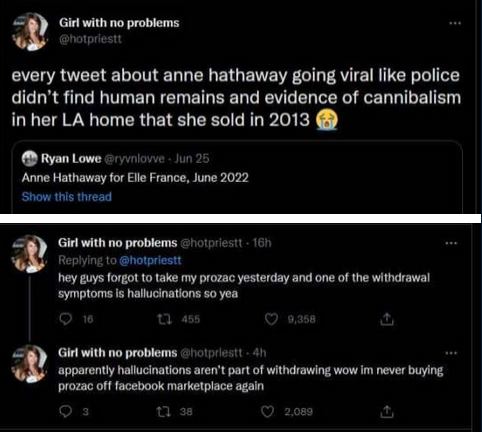
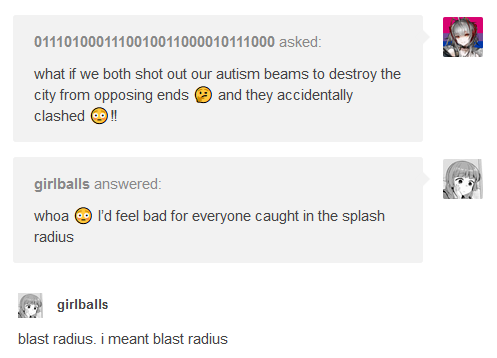


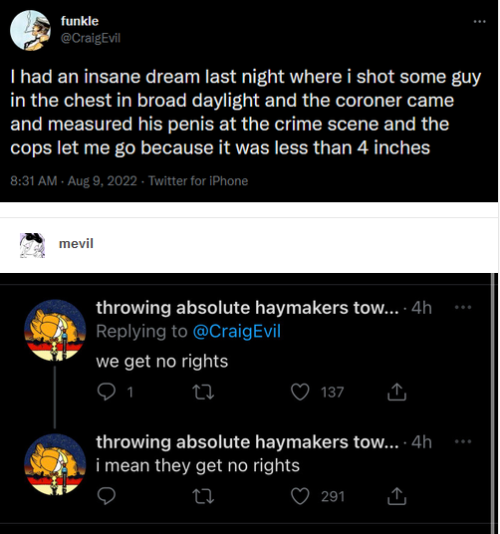
Post corrections/clarifications are my favorite genre of humor: a compilation
Reblog the writers’ fortune cookie for luck!

#hehe go bounce

(you need to view the image or you'll just like the post)
Since people liked it i made a toy that works on the computer: https://nick-nonya.itch.io/trampoline-toy Have fun!

More Amazing Digital Circus sketches (ft. my oc Squidgy)

Heard we were making The Amazing Digital Circus OCS! Allow me to introduce Squidgy!
@somerandomdudelmao *cough-cough* *COUGH* Sorry I'm still not over this arc... *disappears*
Imagine Dragons - I Bet My Life

